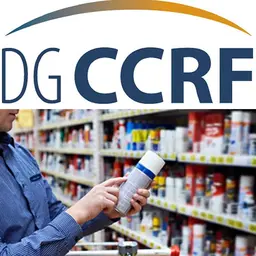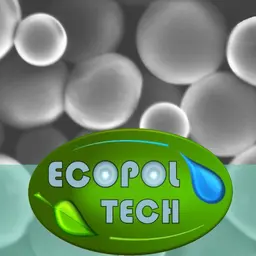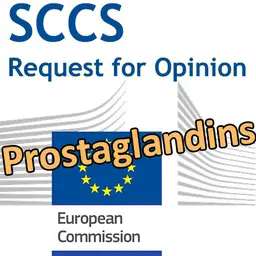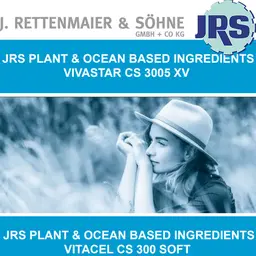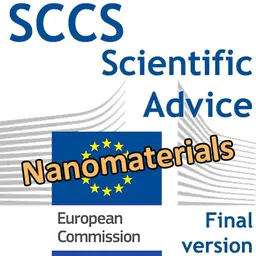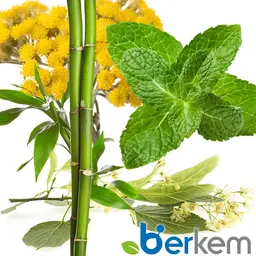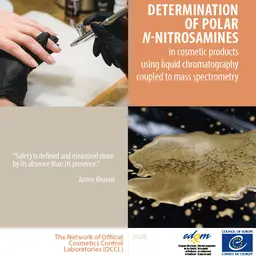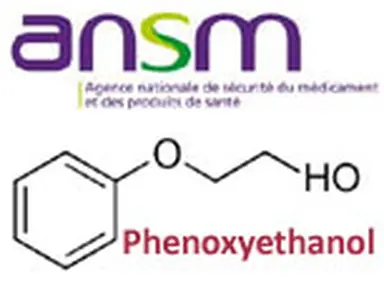
In a new evaluation of the risk linked to using phenoxyethanol in cosmetics, the French ANSM surveys all the currently available data. Its report, release, beginning May 2012, concludes that there is a safe enough margin for adults, but not for children under three. Therefore, the Agency recommends more stringent restrictions for use in products designed for them.
Phenoxyethanol is an aromatic ether, used in many products. In cosmetics, it is used as a preservative; thus, it is listed in the Annex VI of the Cosmetic Directive 76/768/CEE, which details the preservatives acceptable for use in cosmetics. Its maximum content is set at 1%.
Indeed, taking into account “the discrepancies between the data supplied by the FEBEA ( Editor’s note: the French Association of Beauty Companies) and the data available in literature (including the 2008 safety data sheet released by INRS [Editor’s note: the French National Institute of Research and Safety] ), the Commission of Cosmetology thinks it necessary to update the evaluation of the risk of this substance.”
Mildly irritant and sensitizing, but with systemic effects
In its May 2012 report, the ANSM (National Agency for the Safety of Medicines) bases its recommendations on the following points:
“The analysis of the available toxicological studies shows that phenoxyethanol:
• is absorbed by oral and dermal routes;
it is metabolized, mainly by the liver, into phenoxyacetic acid, and is then eliminated through urine,
•
has a slight acute toxicity in animals
; it is neither irritant to skin neither sensitizing; it leads to a moderate to severe eye irritation, …

